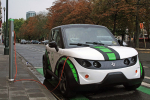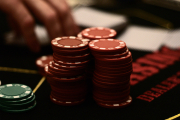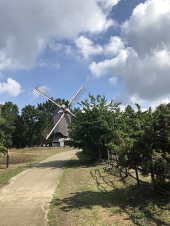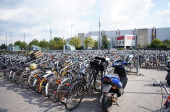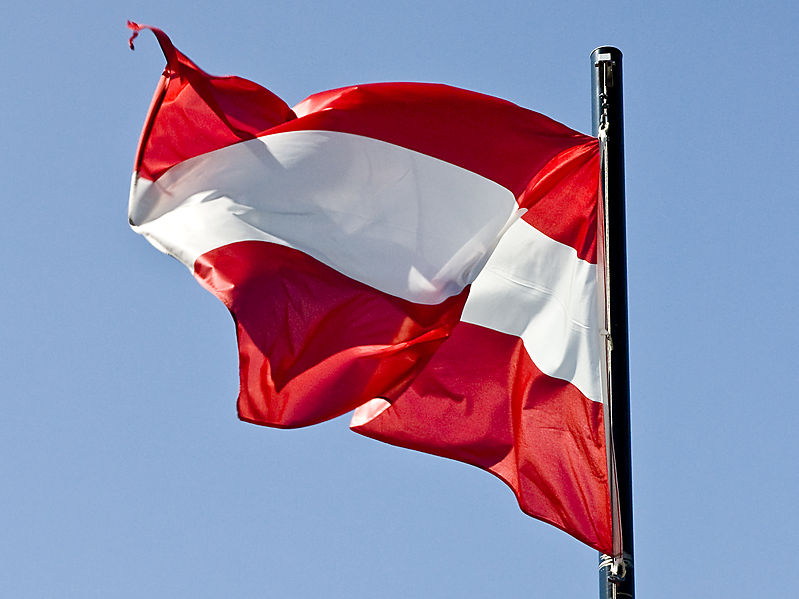
The European Commission has today disbursed €450 million to Austria in a pre-financing payment under the Recovery and Resilience Facility (RRF). This is equivalent
to 13% of the country's total financial allocation under the RRF. The pre-financing payment will help to kick-start the implementation of the crucial investment and reform measures outlined in Austria's recovery and resilience plan.
In total, Austria is set to receive €3.5 billion in grants under the RRF. The Commission will authorise further disbursements based on the implementation of the investments and reforms outlined in Austria's recovery and resilience plan.
Today's disbursement follows the recent successful implementation of the first borrowing operations under NextGenerationEU. By the end of the year, the Commission intends to raise up to a total of €80 billion in long-term funding, complemented by short-term EU-Bills, to fund the first disbursement of the planned grants and loans to Member States under the RRF and other NextGenerationEU programmes.
The RRF is at the heart of NextGenerationEU which will provide €800 billion (in current prices) to support investments and reforms across the EU. The Austrian plan is part of an unprecedented coordinated EU response to the COVID-19 crisis to address common European challenges, in particular the green and digital transitions and to strengthen the cohesion of the Single Market.
Supporting flagship investments and reform projects
The RRF in Austria will finance investments and reforms that are expected to have a profound effect on Austria's economy and society. Here are some of these projects:
- Securing the green transition: The Austrian plan provides €256 million to promote the transition from fossil-fuel powered buses to zero-emission buses and the installation of charging stations.
- Supporting the digital transition: The plan will invest €891 million to support digital connectivity which will enable more than half of Austrian households to benefit from fast broadband with at least 100mbit/s. The plan also includes investments in microelectronics as part of projects of common European interest.
- Reinforcing economic and social resilience: The plan covers the eco-social tax reform, which will put forward a target for the reduction of CO2 emissions in Austria. The plan also includes targeted training and re- and upskilling measures for people distant from the labour market.
Members of the College said
President Ursula von der Leyen said: ““I am delighted that Austria will receive its first payment of €450 million under NextGenerationEU. The pre-financing payment will help to kick-start the implementation of the crucial investment and reform measures outlined in Austria's recovery and resilience plan. Austria's recovery and resilience plan has a special focus on digitalisation and the fight against climate change. The investments will enable Austria to further expand its already strong position in the field of clean technologies.”
Johannes Hahn, Commissioner for Budget and Administration said: “It is great news that the NextGenerationEU funds raised on the financial market continue to reach EU countries swiftly. This is a clear demonstration of the EU delivering on the ground. I am sure our support will soon become visible in the green and digital projects that Austria is putting into place, to the benefit of its citizens and our common future.”
Paolo Gentiloni, Commissioner for Economy said: “Today the first €450 million in EU funding under the Recovery and Resilience Facility reaches Austria. Over the coming years, Austria will receive €3.5 billion in EU grants to support transformative reforms and investments that will benefit all parts of the country. The important eco-social tax reform is a great example of how taxation policies can help to protect our climate in a socially fair way, while the phase-out of oil heating systems and the mobility masterplan will boost Austria's efforts to be climate-neutral by 2040. I also welcome reforms to support health and long-term care, childcare facilities and education.” Photo by Mikekilo74, Wikimedia commons.









